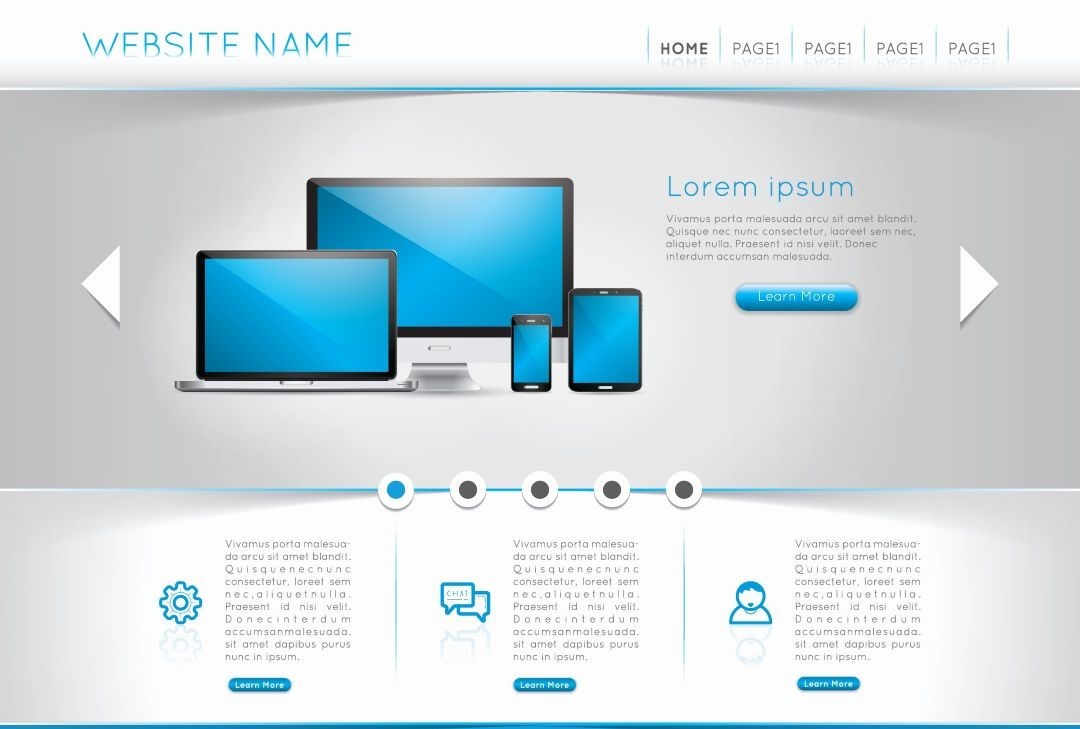
Recent technology guides
How to set up a personal website

So, you want to build a personal website, grow it for a year or two, and then sell it for millions of dollars, right? Things aren't always that easy when it comes to building a strong online presence, but fortunately setting up a new site is quite easy. Here are all the needed steps.
Begin by purchasing a domain name. Be sure to pick a memorable one that doesn't include any weird symbols and/or numbers. Go to GoDaddy, the world's largest domain name registrar (at least that's what they say!) and then input the desired name into their "Search Domain" box at the top of the screen.
Let's imagine that you are passionate about digital photography. You could type "digitalphotography" in GoDaddy's search box, without using any spaces (nor the quotes).
I guarantee that the best domain name – digitalphotography.com – is already taken, because a smart guy has acquired it many years ago. Still, GoDaddy will suggest other available names that can be used for your site, such as:
mydigitalphotography.nyc (useful if you live in NYC, of course)
digitalphotographystudio.net
digitalphotography.club
digitalphotographywork.net
digitalphoto.guru
digitalphotography.expert
and so on.So, even if your preferred domain name is taken, you should be able to discover at least a few worthy alternatives.
Alright, so you've purchased a domain name. What's next?
It's time to buy a hosting account, i.e. some storage space (a folder) on a computer server that will host all your website's files. Not all hosting accounts are created equal, though. You can expect to pay about $15 per month to host your website, and GoDaddy offers hosting packages as well – though I'm not a fan of them.
Hostgator is another option, but I'm not a fan of them either. Why? Because with shared hosting, your site will reside on a server alongside hundreds or thousands of other sites, and performance isn't going to be stellar. If you want to have a site that can support thousands of simultaneous visitors, for example, you can expect to pay $100 per month (or so) for a dedicated hosting account. If your budget is limited, just search Google for "best shared hosting", and then pick one of the recommended sites.
I use Amazon's hosting service (AWS) to host this site, in case that you are wondering. It's not expensive, but it's not that easy to set up a website using Amazon Web Services.
Okay, so now you've got a domain name and a hosting account. It's time to set up the nameservers, which will connect your domain name with your hosting account. Open the welcome email you've received after ordering the hosting package, and then input the provided nameservers into your domain name's "DNS" or "NS" fields. Those nameservers should look like this (just an example):
ns33.godaddy.com
ns34.godaddy.com
Once that you've made the change, you will need to wait for 24 hours, until the nameserver propagation process finishes. Meanwhile, you can design your site using WordPress or HTML. If you are a beginner, it's best to choose WordPress, which offers plenty of features and has a WYSIWYG editor.
Install WordPress using cPanel from within your hosting account, and then customize it to your liking. Here's a list with 200+ WordPress tutorials that will teach you how to start a travel blog, how to create an Etsy-like store, how to create an IDX real estate website, how to make a small business website... I think that you've got the picture.
If you can play with HTML, you can design your site from scratch, or edit a freely available template. Then, you will have to upload the resulting folder to your hosting account using the integrated cPanel file manager.
No matter what option you choose, your site should be live now. Hopefully, you will create lots of amazing articles for it, so it will quickly become a success. And when you'll sell it for millions of dollars, maybe you'll write me a small check as well ;)